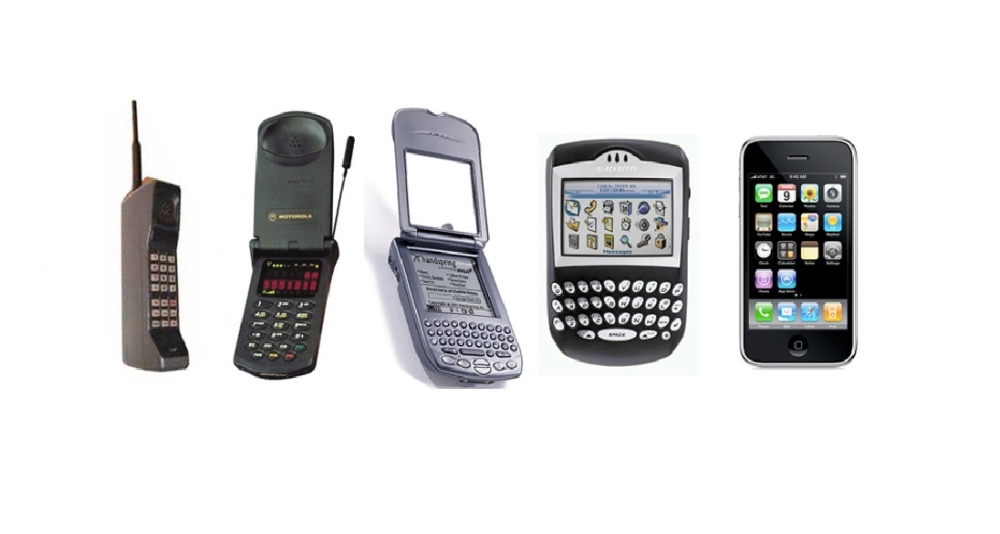HOW DID WE GET HERE? A QUICK EVOLUTION OF PROXIMITY MARKETING
06 Jul 2016

Proximity marketing is now becoming a global phenomenon. But it’s come a long way from humble beginnings.
You could argue that this incredibly modern marketing technique has sort-of been around since the beginning of advertising.
Ancient proximity
It all began in Ancient Greece. Don’t worry, you’re not in for a history lesson here. Back in those days, bards and poets are said to have promoted local business in the streets. That’s proximity, right?
Ok, maybe a bit tenuous. Let’s skip forward a few years.
Stuff that’s nearby
“Little Chef: 1 mile”
For decades, motorways have been littered with billboards and road signs like that. Again, this is a form of proximity marketing, showing you content based on your closeness to a Little Chef.
The “There’s a McDonald’s behind the train station” posters and those guys who stand around town centres throwing books of Subway vouchers at you are other examples of this. It’s all a primitive, offline version of proximity marketing.
Early location-marketing
Anyone remember Foursquare? That was pretty big for a while. Retailers and the like could set their locations and reward people for checking-in.
Then everyone got bored. A few people still do it with Facebook but those people are pretty annoying.
Actual Proximity marketing
Ok, here we go. The real thing. That location-marketing stuff was cool but a bit limited so some clever people worked out some better ways to evolve it.
Using little beacon things, we can now send things like push notifications and coupons straight to people’s phones when they’re in a certain area.
Alert people when they’re near a McDonald’s or send them some Subway vouchers. Sound familiar? Some of the early stuff done with proximity marketing was basically the same stuff brands were already doing, just in a much cheaper and better targeted way.
Much better proximity marketing
This is where we are now. It’s the same principle but we’re way beyond simple push notifications and coupons.
Using beacon solutions, brands are now choosing to deliver rich, valuable content to people’s mobile phones instead of annoying them. And it’s having a profound effect on many industries.
People can now use their phones as personal shoppers in high street stores giving them recommendations on the clothes they’re looking at.
People can use their phones as tour guides in museums and galleries, providing information on the exhibit or even the exact piece they are looking at, translated into their language.
People can use their phones as information points in cities, informing them when they’re near certain points of interest and giving historical information or tips on how to get the best view.
What’s next?
Every single day, brands are pushing proximity marketing a step further. Will you join in and take it to the next step in its evolution?
If you’re looking to get started with proximity marketing, take a look at Live Beacon. It's an end-to-end iBeacon solution.

Please login to comment.
Comments